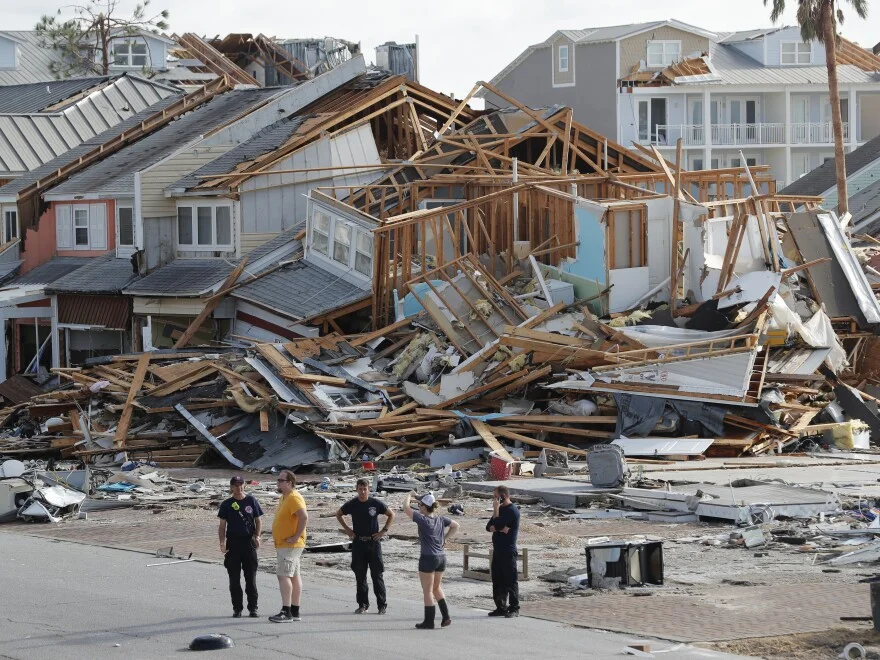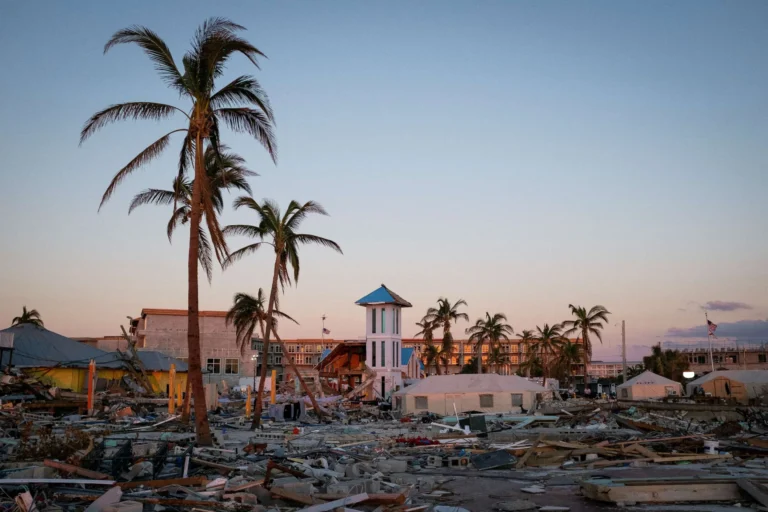Fort Myers: The Unseen Power of Storm Surge and Its Impact on Coastal Communities
Understanding Fort Myers Storm Surge: An In-Depth Look
Have you ever wondered how storm surges impact coastal towns like Fort Myers? What kind of damage can they cause, and what precautions should residents take? If you’re curious about the phenomenon of storm surge and its specific implications for Fort Myers, you’re in the right place. Let’s delve into the intricacies of storm surge, particularly its effects on Fort Myers, Florida, and how communities can prepare and respond.
What is Storm Surge?
Before we get into the specifics of Fort Myers, let’s clarify what storm surge is. Essentially, a storm surge is a rise in seawater level during a hurricane or severe weather event. This phenomenon occurs due to the combination of strong winds pushing water toward the shore and the changes in atmospheric pressure associated with the storm.
Related: Understanding Fort Myers Weather: A Year-Round Guide
Why Fort Myers is Vulnerable
Fort Myers, located on the Gulf Coast of Florida, is particularly vulnerable to storm surges. Its coastal geography makes the area prone to flooding, especially during hurricane season. The bay and estuaries surrounding Fort Myers amplify the effects of rising waters, putting homes, businesses, and infrastructure at significant risk.
Historical Context
To understand the urgency of storm surge preparation in Fort Myers, we need to look back at the storms that have battered this region over the years. Notably, Hurricane Ian in 2022 caused devastating surges, flooding neighborhoods and affecting thousands of residents. Such historical events highlight the importance of being informed and prepared.
The Mechanics of Storm Surge in Fort Myers
Factors Contributing to Storm Surge
Several factors come into play when determining the severity of a storm surge. These include:
-
- Wind Speed and Direction: The stronger the winds, the greater the water displacement, exacerbating flood risks.
-
- Storm Size: Larger storms cover a broader area, leading to widespread increases in water levels.
-
- Tide Cycles: If a storm coincides with high tide, the impact can be significantly worse.
-
- Geography: The unique shape and depth of Fort Myers’ coastal areas can trap water and lead to higher surges.
Prepare for the Inevitable: Safety Tips for Residents
Understanding Warnings and Alerts
The National Weather Service regularly issues warnings and watches related to storm surges. It’s crucial for residents to stay informed by signing up for alerts. The earlier you act, the better your chances of minimizing damage.
Home Preparedness Tips
-
- Elevate Your Home: If you’re in a flood-prone area, consider elevating your home to mitigate flood damage.
-
- Flood Barriers: Invest in sandbags and permanent flood barriers for your property.
-
- Emergency Kit: Prepare an emergency kit that includes food, water, medications, and important documents.
Must Read: Exploring Fort Myers Beach: What Its ZIP Code Reveals About This Coastal Paradise
Evacuation Plans
Understanding local evacuation routes is vital. Familiarize yourself with community resources and have a plan in place with your family and loved ones.
Fort Myers Storm Surge: Key Takeaways
As we’ve explored, storm surges pose a significant threat to communities like Fort Myers. Being informed and prepared can make a substantial difference.
-
- Stay Informed: Subscribe to local news and weather alerts.
-
- Prepare in Advance: Make necessary home adjustments and emergency plans.
-
- Community Engagement: Participate in local preparedness initiatives and attend community meetings focused on hurricane preparedness.
Related: When to Catch the Sunset: Fort Myers’ Daily Glow
Conclusion
Understanding the dynamics of storm surge is essential for anyone living in or visiting Fort Myers. As we’ve discussed, preparation and awareness can significantly reduce the impacts of these weather phenomena. I encourage you to share your thoughts or experiences in the comments below—let’s learn from one another!
Frequently Asked Questions
What is the primary cause of storm surge?
Storm surge is primarily caused by wind pushing seawater toward the shore along with drops in atmospheric pressure.
How can I prepare my home for a storm surge?
Elevating your home, installing flood barriers, and preparing an emergency kit are effective ways to prepare.
Are all coastal areas equally affected by storm surge?
No, some coastal areas are more vulnerable due to geography, local topography, and infrastructure.
What should I do if a storm surge warning is issued?
Follow local evacuation orders, stay indoors if safe, and avoid low-lying areas.
Can storm surge occur without a hurricane?
While storms cause the most significant surges, other factors like winter storms can also lead to rising sea levels.
Trusted Sources
-
- National Oceanic and Atmospheric Administration: https://www.noaa.gov
-
- National Hurricane Center: https://www.nhc.noaa.gov
-
- Florida Division of Emergency Management: https://www.floridadisaster.org
-
- U.S. Geological Survey: https://www.usgs.gov
-
- Ready.gov: https://www.ready.gov
By staying informed and prepared, residents of Fort Myers and similar coastal communities can better protect themselves and their property from the devastating effects of storm surge.






